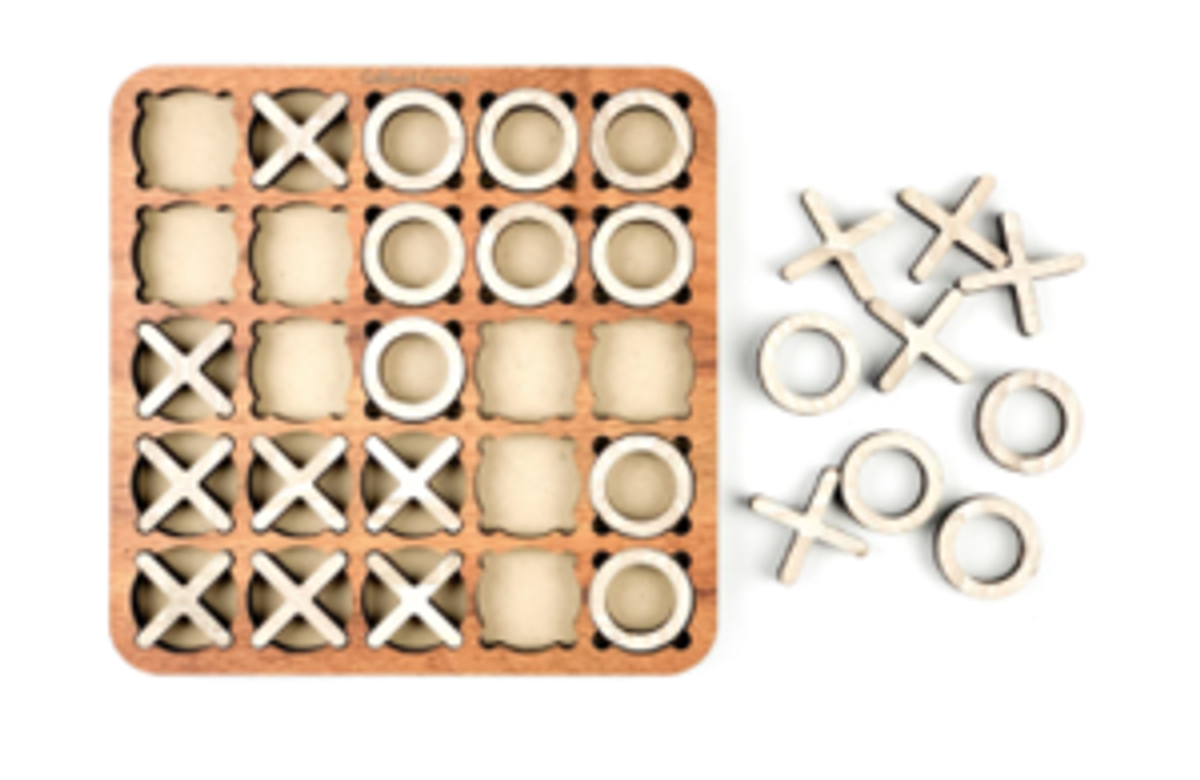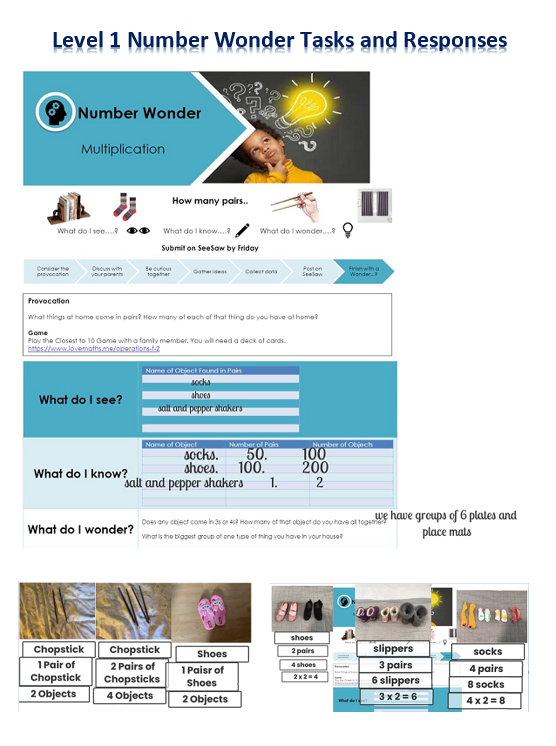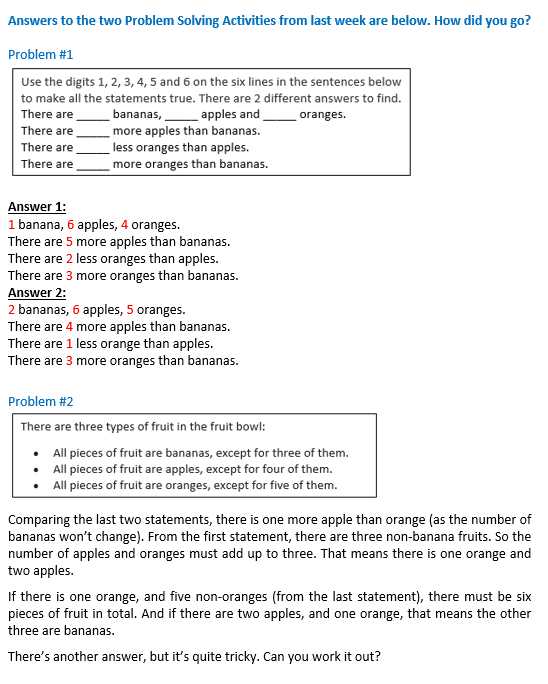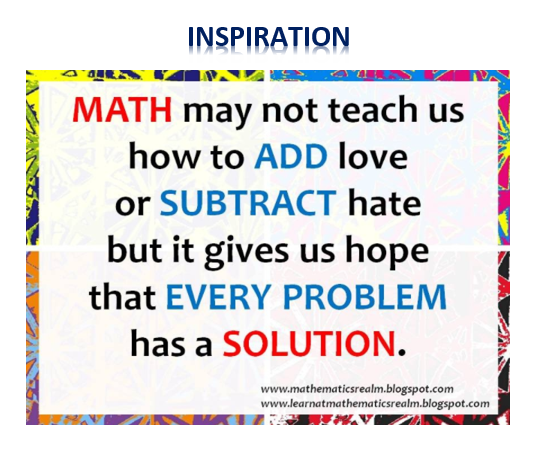Mathematics

Given the extended period of time we have been engaged with remote and flexible learning we wanted to provide some ideas on how to support your child at home with Mathematics. We hope you find these useful. Keep an eye out for more tips and suggestions on how to support Mathematics learning at home in upcoming newsletters.
- Investigate scoring in different sports, and identify any patterns. The score board from AFL games is a fantastic opportunity to explore number with children. For example you could try working out: How many more goals or points are needed to win? How many different combinations of goals and points could you make from the final score? How many goals would there be if you grouped points into 6 from a high point scoring game?
- Complete jigsaw puzzles and discuss different strategies: shape, colour matching.
- Play different variations of games, such as darts, cricket, and dominoes. For example in darts, you could try ‘every number on the board is worth double, or half’ – how does this affect the scoring?
- Record results as lists, tables and graphs. For example: Who can score the most hoops in basketball? Collect data and record on a bar graph
- Copy an AFL or other team logo, then scale it to twice the size. Free printable grid paper can be found
- Investigate your Fitbit dashboard information and discuss results.
- Explore how percentages are calculated in sporting tables after an AFL game.
Twinnings is a simple two-player game for all ages that’s another variation on noughts and crosses. Draw a 5 by 5 grid and decide who will be noughts and who will be crosses. Play starts with the younger player placing a nought or cross in any square and players taking turns doing this until all 25 squares are filled up. Points are scored for the following vertical, horizontal or diagonal lines:
- 3 in a line = 1 point
- 4 in a line = 2 points
- 5 in a line = 3 points
The mathematics part comes in when you need to calculate your score. First add up the numbers of 3 in a line, then 4 in a line and 5 in a line. The easiest way to do this is a draw a line through any scoring patterns. In the photograph below, both players have two horizontal 3 in a rows, one vertical 3 in a row and one diagonal 3 in a row, totalling 4 points each so far. The winner is the player with the largest total.
*This game provides a great opportunity to develop multiplicative thinking in younger students e.g. three of 4 in a line would score 3 x 2 = 6. The player may also have three of 5 in a line, which would score 3 x 3 =9. We then use addition to find the total: 6 + 9 = 15. Play multiple games and add the totals from each game to keep a running score.
Variations: For older students, you can increase the size of the board and amend the scoring system appropriately. E.g. if you use a 6 by 6 grid, score a 1, 2, 3 or 4 points for 3, 4, 5 or 6 in a line. Have heaps of fun playing Twinnings!
Next edition – Fun Maths challenges for families with children in Foundation-Level 2, one for each day of the week. Plus more problem solving activities for the whole family!
Best wishes,
Lee Giddings and Vicki Tzimos







